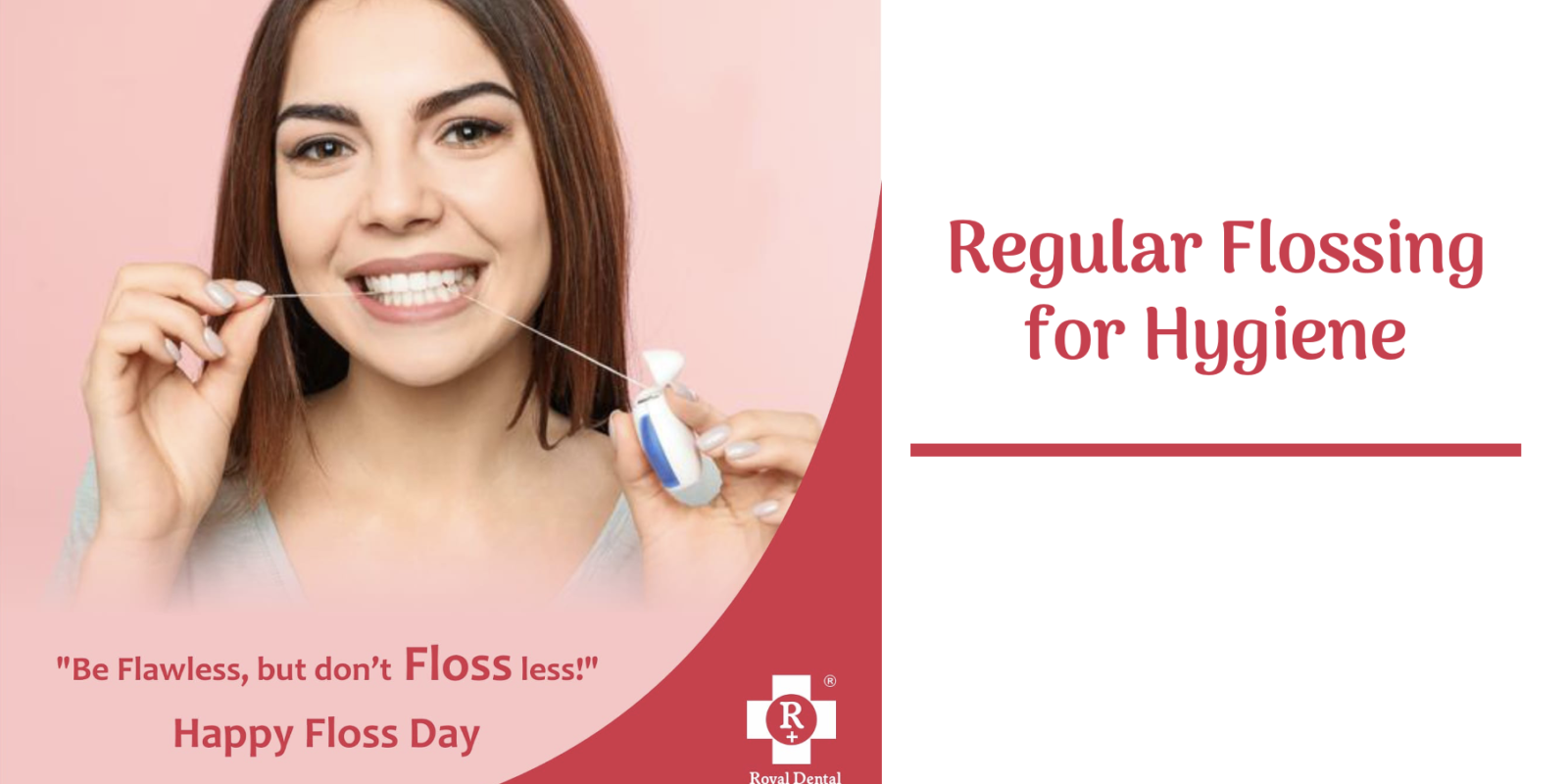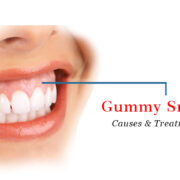Dental floss is an important part of any oral health routine. Not only does it help to remove food particles and plaque from between your teeth, it can also help reduce your risk of gum disease, tooth decay, and bad breath. Using dental floss can help you maintain a healthy, attractive smile. It can also help to prevent costly dental bills down the road. Not only is dental floss easy to use, it is also inexpensive and widely available. Whether you are a teen, adult, or senior, taking time to floss can help you keep your teeth and gums in good shape. This will help improve your oral health and prevent gum disease.
What is Dental floss?
Dental floss is a string made of materials that are safe for your teeth and gums. It is used to clean between the teeth and under the gum line where a toothbrush can’t reach. Using dental floss helps to reduce the risk of gum disease, tooth decay, and bad breath. There are a number of different types of dental floss including waxed and unwaxed, flavored and unflavored. There are also different materials used in the making of dental floss including nylon, silk, and paper. When choosing a type of dental floss, it is best to select one that is right for your needs.
Benefits of using Dental floss
Dental floss is an important part of any oral health routine. It helps to remove food particles and plaque from between your teeth, as well as under the gum line, where a toothbrush can’t reach. When used correctly, dental floss can also help reduce your risk of gum disease, tooth decay, and bad breath. Not only does it remove food particles and plaque, but it can also help to prevent costly dental bills down the road.
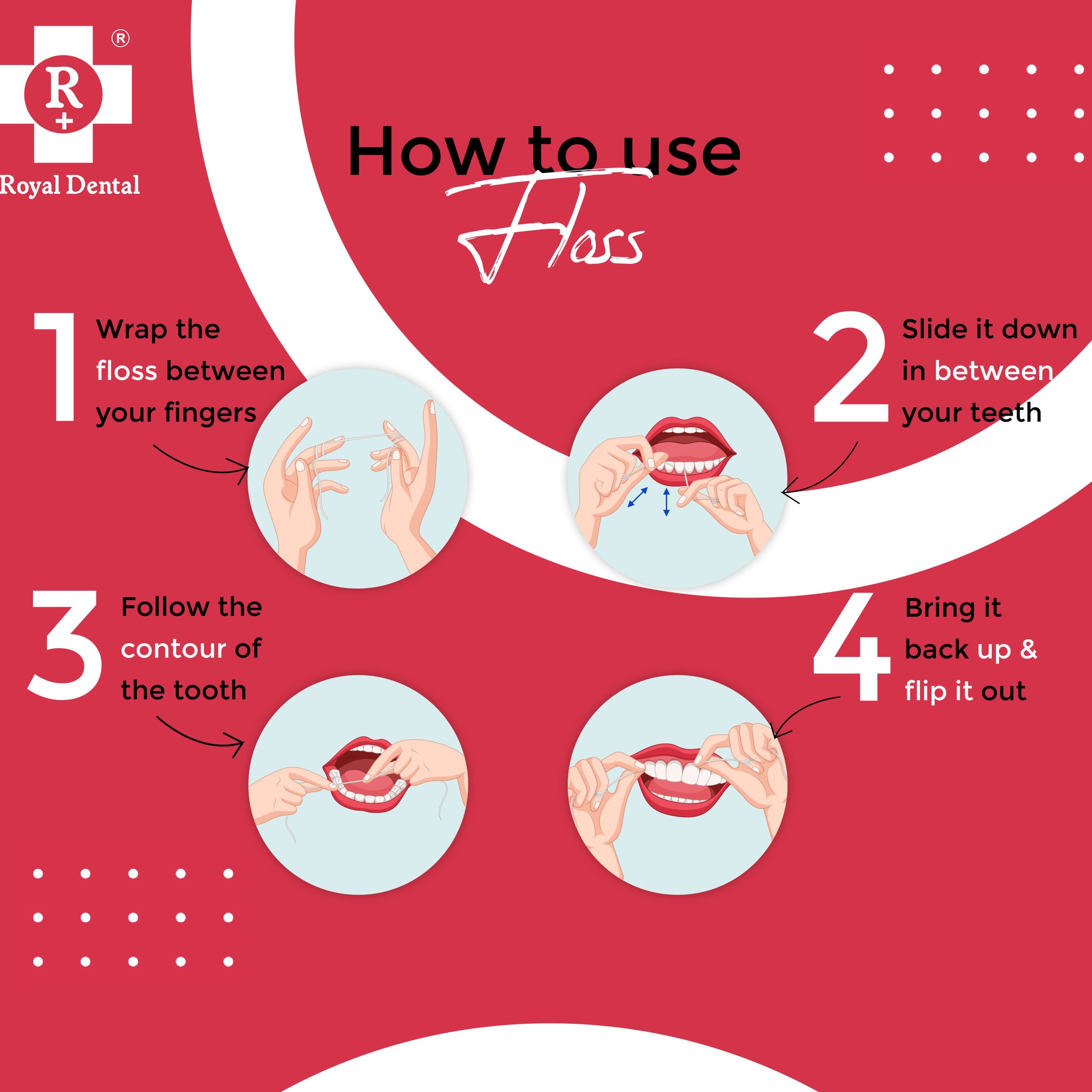
Using dental floss can help you maintain a healthy, attractive smile. It can also help to prevent costly dental bills down the road. Not only is dental floss easy to use, it is also inexpensive and widely available. Whether you are a teen, adult, or senior, taking the time to floss can help you keep your teeth and gums in good shape.
How to use dental floss?
First, make sure to use fresh spools of dental floss. Old floss can break and tear when used, making it less effective. You should wrap the floss around your two middle fingers. You can then use the wrapped floss to gently scrape the teeth. While most people prefer to floss before brushing, there is nothing to say that you couldn’t do both at the same time. Once you are done flossing, it is important to rinse your mouth to remove any remaining food particles and bacteria.
Different types of Dental floss
Dental floss comes in a wide variety of types, materials, and flavors. Some examples of these are nylon, silk, and paper floss. Each type of floss offers unique benefits. While there are a lot of options available, most dentists recommend that you choose an unwaxed type of floss. If this statement reads true to you, then it’s time to explore different ways to floss. There are other options made explicitly to clear plaque and food between your teeth. There are:
- Tiny brushes that can reach between your teeth.
- Pointed rubber tips or wooden plaque removers.
- Powerful water tools to flush out harmful bacteria.
- Pre-threaded flossers.
Let’s take a closer look at the pros and cons
Proxy brush
A proxy brush is sometimes referred to as an interdental brush. It is coned shaped and has a plastic handle and a small head of bristles held together by a wire. This floss alternative is simple to use. It is designed to fit between the teeth. It comes in different sizes so you can select one that works best for the spacing size between your teeth.
Advantages of a proxy brush:
It is easier to use for interdental cleaning. It works well under the pontic portion of bridges. A proxy brush may be a good alternative for you if joint problems or limited mobility cause difficulty holding the floss. It is effective at removing plaque.
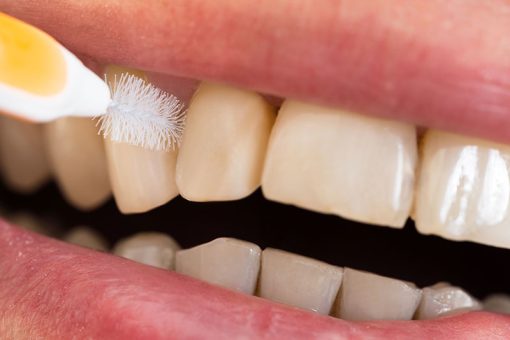
Most of the proxy sticks are flexible. Just insert the brush between your teeth. If it feels tight, do not force it. Use a smaller brush instead. Go from tooth to tooth to thoroughly clean each space. The bristles can be made with silicone or nylon. Some brushes are disposable, and others claim that they can be washed and reused several times. Proxy brushes can be found at pharmacies, grocery stores, or online.
Disadvantages of a proxy brush:
It is hard to manoeuvre the brush in tight spaces and areas of crowding. It is slightly more expensive than string floss.
Water Flossing | Oral health
A water flosser is a cleaning device that shoots a thin stream of water. Water flossing removes food debris and plaque through pressurized water. When aimed between your teeth or at the gum line, it can remove food particles and plaque on or between your teeth. There is a debate on whether or not water flossing is equivalent to string floss or interdental brushes. Water flossing cannot curve between the tooth like string floss or as a brush would do. Instead, it shoots high-pressured water between the teeth to get most of the bacteria.
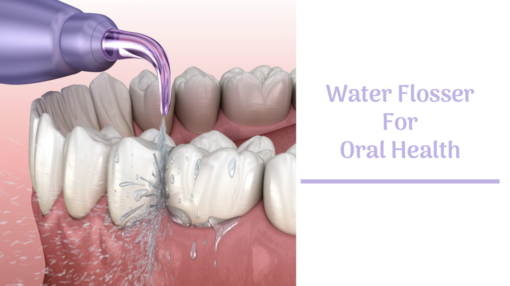
If you have a reluctance to floss because you’ve had issues in the past of it getting stuck or being painful, water flossing is a relatively beneficial alternative. The machines can range in price from being inexpensive to rather costly, but they all work the same. You fill the tank with water, choose the pressure setting, and then place the mouthpiece in your mouth to aim the water between the teeth.
Advantages of water flossing:
Water flossers are easy to use, especially for those with braces, or other types of dental work (like bridges). It’s also a great choice for those with arthritis or limited dexterity. The massaging action can improve gum health and reach areas where traditional floss can’t.
Disadvantages of water flossing:
A water flosser can be expensive. It takes up storage space on your bathroom counter. It needs electricity and water. With SAPTeeth, there is a learning curve when first starting to use it. Always start on the lowest setting to avoid water spraying everywhere. It’s difficult to use outside of your home.
It’s important to remember that:
Water flossing does not work better than string floss at removing plaque because you can’t manipulate the floss to hug the tooth for plaque removal like string floss.
String floss (both waxed and regular)
The most common tool to floss with is string floss. Dental floss consists of a soft thread, string of silk or similar material that is used to clean between your teeth. It’s a tried and true way of cleaning those hard to reach spaces between your teeth. String floss comes in both waxed and non-waxed formulas. Wax string floss is often easier to use because it is made to glide effortlessly between teeth. You can purchase unflavored and flavored string floss.
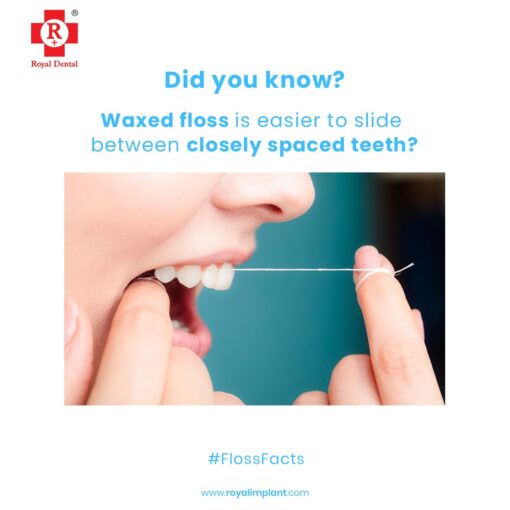
Advantages of string floss:
It effectively removes plaque. It can be taken anywhere. You can buy it at any drugstore, grocery store, pharmacy, mini-mart, or airport. It is the cheapest option. String flossing is quick and easy. You can do it almost anywhere.
Disadvantages of string floss:
It can be challenging to reach the back area of your mouth. If misused, you could hurt your gum tissue. It’s not reusable. Those with braces find it hard to use.
Dental floss picks
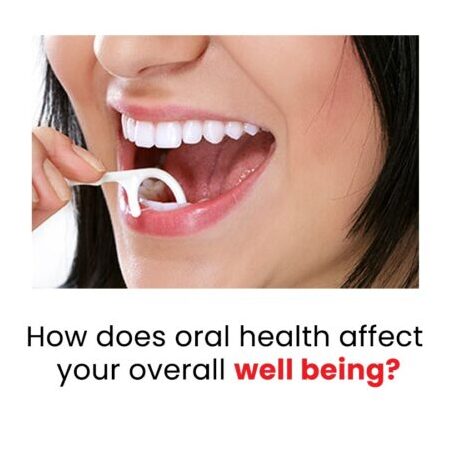
A dental floss pick is a plastic tool with a u-shaped end that holds a piece of dental floss. These are often used to try to dislodge food from between the teeth, but some people choose to floss with floss picks. Because they do not have bristles on them, you’re only relying on a slight scraping motion to get rid of bacteria, which might not be enough to be deemed proper flossing.
While this may be convenient, floss picks are not as effective as regular floss. Floss picks do not allow you to reach all the angles that regular floss can so you won’t be able to clean your teeth as effectively. Regular floss is recommended, but floss picks are better than nothing for your oral health.
Dental floss tips for different age groups
It might seem like dental floss is an old-fashioned way to take care of your teeth. While you may have seen your parents or grandparents use it, many younger people have never heard of it. Dental floss can be a very effective way to keep your teeth healthy, but only if it is used correctly. Here are a few tips to keep in mind.
Kids. Most dentists recommend that children start using dental floss when they are in their teens. This is when their teeth start coming in and brushing alone might not be enough to remove food particles from between the teeth.
Teens. Teenagers should be using dental floss just like adults. While they may not like to admit it, they are just as susceptible to gum disease and tooth decay.
Adults. Adults have just as much to gain from using dental floss as teens do. It is important to floss at least once a day to remove food particles and plaque from between your teeth. This will improve oral health.
Seniors. Seniors have just as much to gain from using dental floss. While it is best used after brushing, many dentists recommend that seniors use it after every meal to ensure that they get rid of any food particles that remain.
Dental floss and oral health
If you have ever had a toothache, you know how painful it can be. People who don’t floss regularly are more likely to get cavities or periodontal disease. This is because bacteria from food particles can build up between the teeth and gums and cause problems. A dental floss is a great tool for getting rid of those pesky particles and keeping your mouth clean and healthy. While brushing is important, it isn’t always enough to remove food particles from between your teeth and gums. Dental floss can help to remove those particles and keep your mouth healthy.
Dental floss and cost savings
If you don’t floss at least once a day, you are putting yourself at risk for cavities and gum disease. Both of these can be painful and cost you a lot of money to treat. Using dental floss at least once a day is an easy way to reduce your risk of these things. When you do so, you are saving yourself a lot of pain and money in the long run.
If you don’t floss at least once a day, you are putting yourself at risk for cavities and gum disease. Both of these can be painful and expensive to treat. Using dental floss at least once a day is an easy way to reduce your risk of these things. When you do so, you are saving yourself a lot of pain and money in the long run.
Where to buy dental floss?
You can find dental floss at most drugstores and grocery stores. While some places may sell pre-made dental floss, it is likely that you will find dental floss supplies like spools, boxes, and dispensers. You can also buy dental floss online.
- Drug stores: Retail chains such as Walgreens, CVS, and Rite Aid carry dental floss.
- Supermarkets: Many supermarkets, including Walmart and Kroger, have a personal care section where you can purchase dental floss.
- Online retailers: You can buy dental floss from online retailers such as Amazon, eBay, and Walmart’s online store.
- Dental supply stores: Stores that specialize in dental supplies, such as Henry Schein, carry a variety of dental floss options.
Alternatives to dental floss
While dental floss is a great way to keep your teeth and gums healthy, it isn’t for everyone. There are other ways to remove food particles from between your teeth and gums, such as using a water flosser or an interdental cleaner. Water flossers are devices that use a stream of water to remove food particles from between your teeth and gums. While they can be effective, they aren’t as effective as dental floss.
Interdental cleaners are also a great way to clean between the teeth and gums. They come in many different shapes and sizes and are designed to fit between teeth that are too close together for floss to fit properly. While they can be effective, they aren’t as effective as dental floss.
Conclusion
Dental floss is an important part of any oral health routine. It helps to remove food particles and plaque from between your teeth, as well as under the gum line, where a toothbrush can’t reach. Using dental floss can help reduce your risk of gum disease, tooth decay, and bad breath. It is also easy to use and inexpensive. Whether you are a teen, adult, or senior, taking the time to floss can help you keep your teeth and gums in good shape.
If you have any dental problems, then make an appointment with our expert Dentist at Royal Dental Clinics. We have highly experienced dentists who treat your dental issues and provide perfect smiles that last forever.

